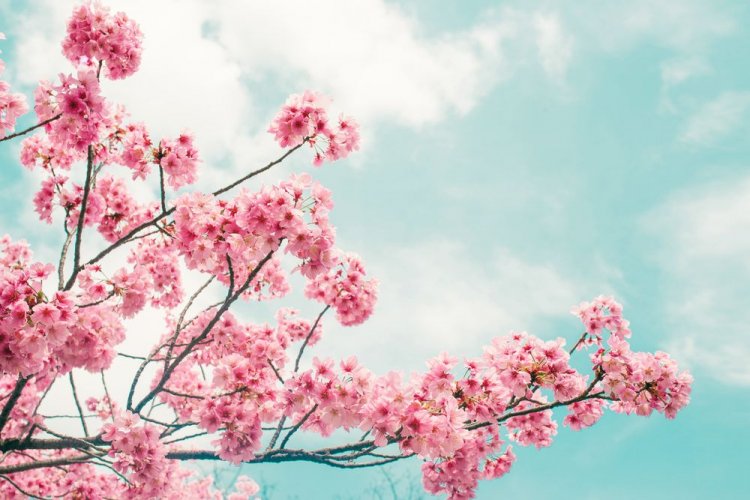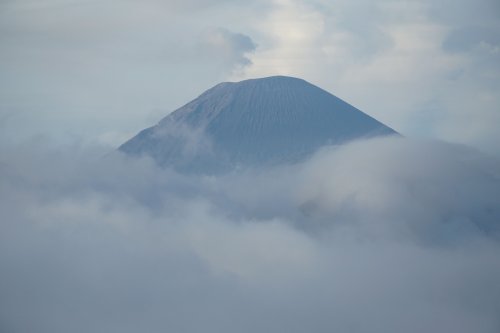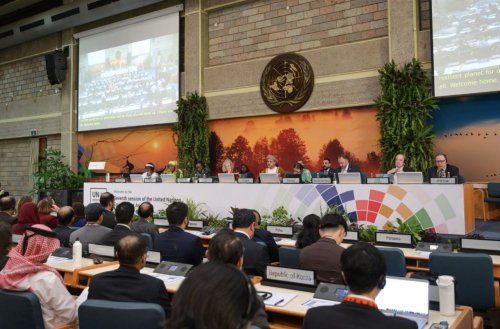In Japan and the United States, a change in the cherry blossom cycles has been recorded, which, due to climate change and the effects of urbanization, began to bloom several days earlier.
This can affect the economy of cities, as cherry blossoms attract millions of tourists, TIME reports.
It is noted that in Tokyo, sakura began to bloom on average on March 29 in 1961-1990. In 2023, it began on March 14.
"The fact that Tokyo has recorded the earliest flowering date is due to global warming combined with urbanization," said Daisuke Sasano, a climate risk management specialist at the Japan Meteorological Agency, explaining that the urban heat island effect causes cities to retain heat. Thus, over the past century, Tokyo has warmed by 3°C.
A study conducted by a scientist from Kansai University estimated the economic impact of flowers in 2023 at $4.1 billion. Private weather data providers are also making a business out of predicting when cherry blossoms will bloom.
Sasano added that rising temperatures will cause the flowers to bloom earlier or shorten the full bloom phase.
Teresa Crimmins, director of the US National Phenology Network, explained that sakuras need sufficiently cold temperatures for normal flowering. As winters become warmer, sakuras may bloom later and the number of flowers will decrease. However, such trends will be in the future.
It is noted that in Washington, cherry blossoms attract approximately 1.5 million people from around the world each year and generate more than $100 million in visitor spending. Usually, the trees bloomed around April 4, but in 2024 it happened on March 17.
As EcoPolitic previously reported, in Zakarpattia, in Mukachevo, a "crazy" sakura, which got its nickname because it blooms out of season and sometimes even in frosty winters, as well as a magnolia, have blossomed.





